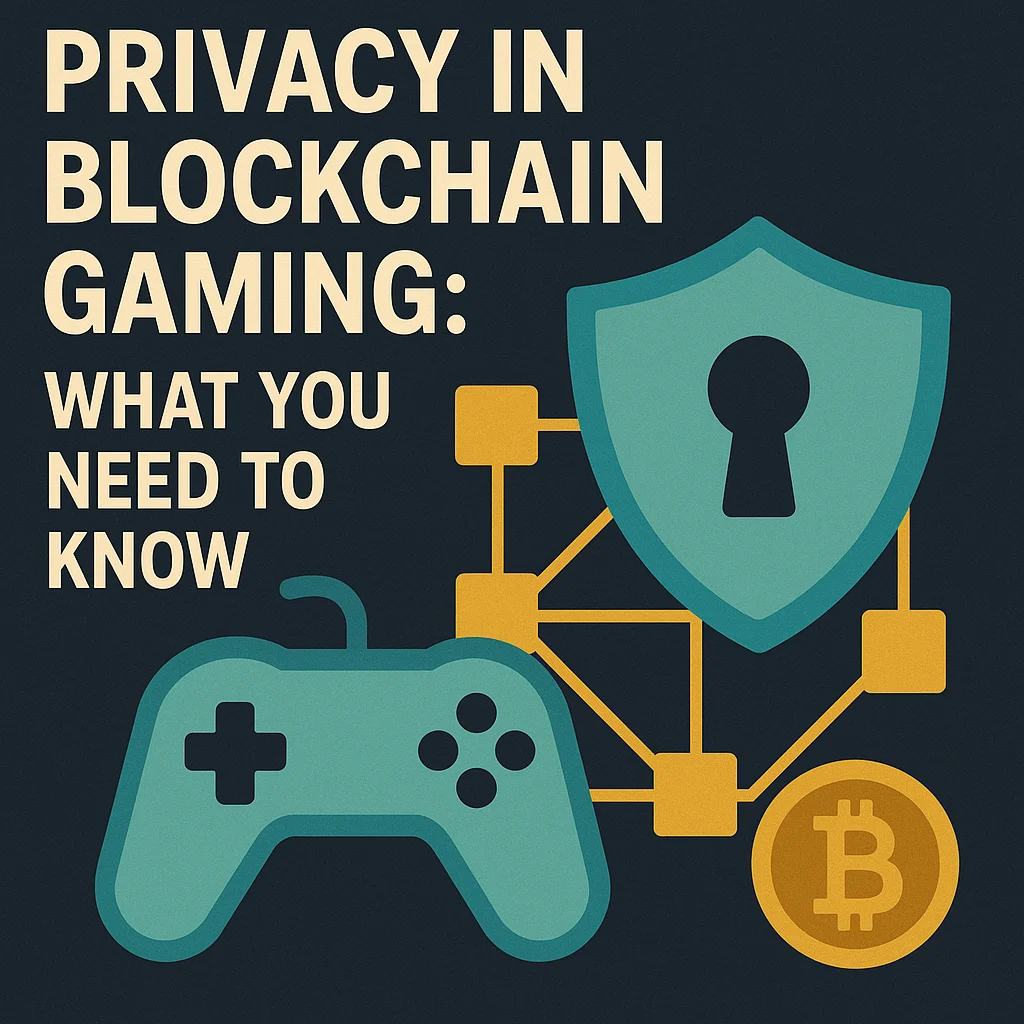Email is still a crucial tool for corporate and individual communication in today's digital environment. Due to its extensive use, there is a serious risk of cyber threats that could breach private data and cause operational disruptions. Protecting communications from dangers like malware, phishing, and unwanted access requires email cybersecurity. This thorough book will examine typical dangers, cover a variety of email cybersecurity topics, and offer helpful advice on how to successfully safeguard your email correspondence.
Understanding the Importance of Email Cybersecurity
Because email is easily accessible and frequently contains vital information, it is a prime target for cybercriminals. Email-based cyberattacks may result in:
-
Data Breaches: Data breaches brought on by unauthorized access to private information can seriously harm a company's finances and reputation.
-
Malware Infections: Devices can become infected with malware through malicious attachments or links, which can cause data loss, disruption of the system, or illegal access.
-
Phishing Scams: fraudulent emails with the intention of stealing private data, including credit card numbers, passwords, and personal information.
-
Business Email Compromise (BEC): pretending to be company partners or executives in order to dupe staff members into carrying out illicit financial activities.
It is imperative that individuals and companies establish strong email cybersecurity safeguards, given the possible repercussions of assaults via email.
Common Email Cybersecurity Threats
The first line of defense against common risks to email communications is to understand them. The following are a some of the most common risks to email cybersecurity:
1. Phishing
Phishing is a type of social engineering in which attackers send phony emails that seem to be sent by reliable people. The intention is to fool the target into disclosing private information or clicking on nefarious websites. Phishing emails frequently include strategies like:
-
Urgency: establishing a sense of urgency to compel speedy action, like threatening to suspend an account if the recipient doesn't respond right away.
-
Authority: pretending to be from a reputable company or person, such a bank or an executive in a company.
-
Curiosity or Fear: sending emails with attention-grabbing or ominous subject lines to get the recipient to click through.
2. Spear Phishing
A highly focused type of phishing known as "spear phishing" involves an attacker obtaining certain details about the target in order to create a customized email. As a result, spear phishing emails become more realistic and challenging to spot. Typical spear phishing techniques consist of:
-
Using the recipient’s name and job title: This gives the email a more personalized and authentic look.
-
Referencing recent events or projects: This increases the recipient's likelihood of falling for the fraud by fostering a sense of familiarity and trust.
3. Whaling
CEOs and CFOs are among the prominent figures in a corporation who are the targets of whaling. The purpose of these attacks is to deceive these people into approving significant financial transactions or disclosing private information. Whaling emails frequently employ formal language, company-specific information, and are expertly constructed to look genuine.
4. Business Email Compromise (BEC)
BEC assaults entail posing as a business partner or executive to trick staff members into sending money or disclosing private information. These frauds frequently make use of spoof email addresses that closely resemble real ones or legitimate email accounts that have been compromised.
5. Malware and Ransomware
Email attachments and links are frequently used to spread malware, including ransomware. The malware can infect the recipient's device once it is opened or clicked, resulting in file encryption, system harm, or data theft. Payment is frequently required by ransomware attacks in order to unlock the victim's data.
6. Email Spoofing
Email spoofing is the practice of pretending to be an email from a reliable source by faking the sender's email address. This strategy is frequently employed in BEC and phishing attacks to trick recipients into thinking the email is authentic.
7. Zero-Day Exploits
Zero-day exploits are flaws in systems or software that have not been patched because the vendor is unaware of them. By leveraging these flaws, attackers can get beyond conventional security procedures and send harmful payloads via email.
What to Do If Your Email Account Is Compromised
It is imperative that you take immediate action to mitigate any potential harm if you believe your email account has been compromised. Here are some actions that you can do:
1. Change Your Password
Make sure your email password is strong and distinct right away. Change the passwords for any other accounts you may have that you use the same password for.
2. Enable Two-Factor Authentication
To increase security, if you haven't already, set up two-factor authentication on your email account.
3. Check for Unauthorized Activity
Examine all of the activities associated with your email account, including emails sent, past login attempts, and settings, to find any illegal adjustments or activity. Notify your email provider of any questionable activity you observe.
4. Notify Your Contacts
Inform your contacts that you have had your email account compromised and advise them not to open any attachments from your compromised account.
5. Scan Your Devices for Malware
To check your devices for malware or other risks that might have led to the compromise of your email account, use reliable antivirus software.
6. Report the Incident
Notify your email provider of the occurrence, as well as the IT department or security team at your company, if needed. They can offer you more advice and assistance in order to protect your account and stop such assaults in the future.
Conclusion
A vital component of safeguarding your correspondence, both personal and business, against online attacks is email cybersecurity. Cyberattack risk can be considerably decreased by being aware of frequent email threats and putting recommended practices for email security into practice. To maintain a strong cybersecurity posture, never forget to keep yourself and your team educated about the most recent security measures and threats.
You can improve the security of your email exchanges and shield your private data from hackers with the appropriate resources, skills, and habits.




